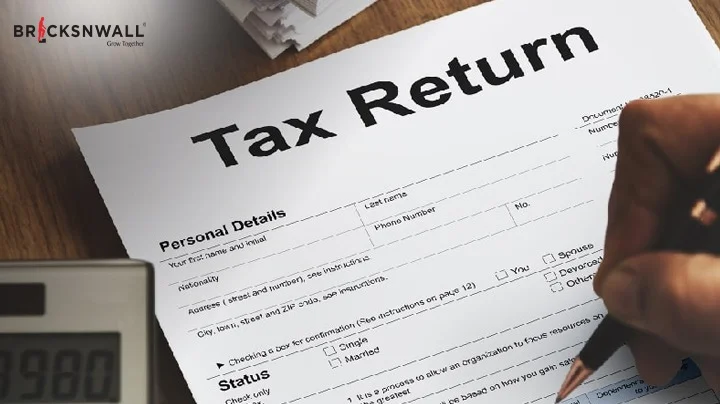How to include rental incomes in your IT return file
Koheli

If you own a property that generates rental
income, it is important to understand the process of including this income in
your income tax return. Properly reporting rental income not only ensures
compliance with tax regulations but also helps you make the most of available
deductions and exemptions. In this article, we will provide a comprehensive
guide on how to include rental incomes in your income tax return file, ensuring
a hassle-free and accurate tax filing experience.
Determine Taxable Rental Income:
Calculate the gross rental income received during the financial year from your property. This includes the rent amount, any additional charges, and any other income associated with the property, such as parking fees or maintenance charges. Deduct any permissible expenses related to the property, such as property taxes, maintenance costs, and interest on home loans, to arrive at the taxable rental income.
Select the Appropriate ITR Form:
Identify the relevant Income Tax Return (ITR) form based on your income sources and filing requirements. Rental income is generally reported in ITR-1 (Sahaj), ITR-2, or ITR-3 forms, depending on various factors such as the type of property, ownership status, and income from other sources.
Report Rental Income in the Appropriate Schedule:
In the selected ITR form, locate the section related to "Income from House Property" or similar. Provide the necessary details of the property, such as its address, type (self-occupied or let-out), and the rent received during the financial year. If the property is let-out, mention the gross rental income, deduct any applicable deductions, and calculate the taxable rental income.
Include Deductions and Exemptions:
While reporting rental income, make sure to include any eligible deductions and exemptions allowed under the Income Tax Act. Deductions can be claimed for municipal taxes paid, standard deductions, and interest on home loans, subject to certain conditions. Understand the provisions and consult a tax professional if needed to ensure the accurate inclusion of deductions and exemptions.
Maintain Documentation:
Keep proper documentation of rental income and related expenses, including rent receipts, lease agreements, property tax receipts, and loan statements. These documents serve as evidence and can be requested by tax authorities for verification purposes. Maintaining organized records will help you substantiate the income reported in your tax return.
Seek Professional Guidance:
If you find the process complex or have multiple rental properties, it is advisable to seek professional assistance from a qualified tax consultant or chartered accountant. They can provide expert guidance, ensure accurate reporting, and help you maximize tax benefits.
Conclusion:
Including rental income in your income tax
return is a crucial step in complying with tax regulations and optimizing your
tax liability. By following the steps outlined in this guide, you can
accurately report your rental income, claim eligible deductions and exemptions,
and maintain proper documentation. Stay updated on tax laws and consult a tax
professional when needed to ensure a smooth and error-free filing process.
Taking these measures will not only help you fulfill your tax obligations but
also make the most of the available tax benefits related to your rental income.




